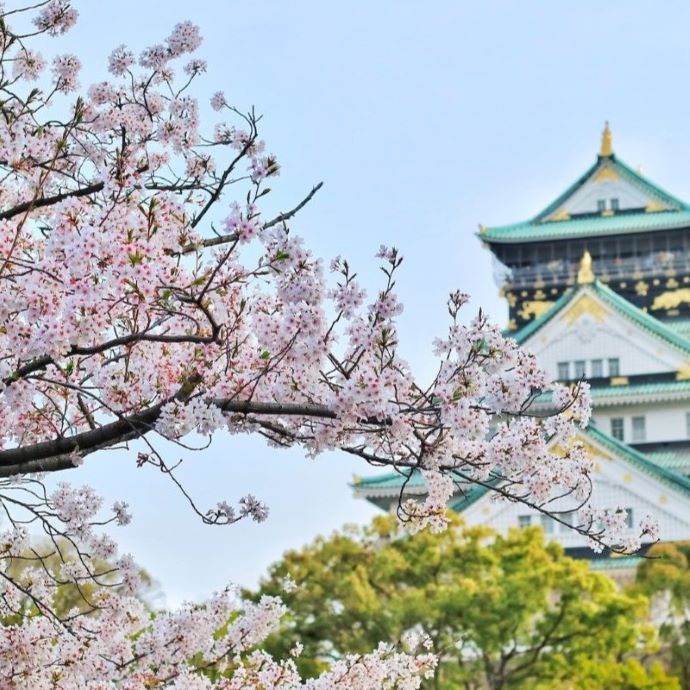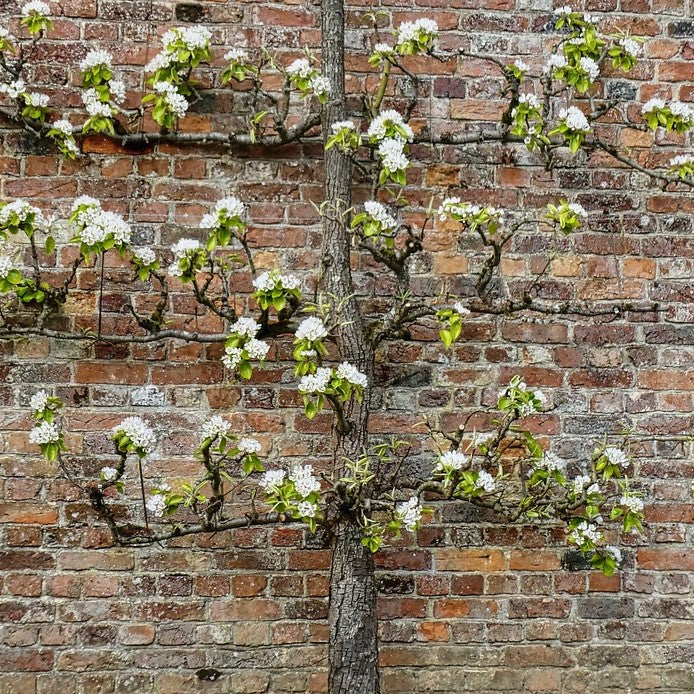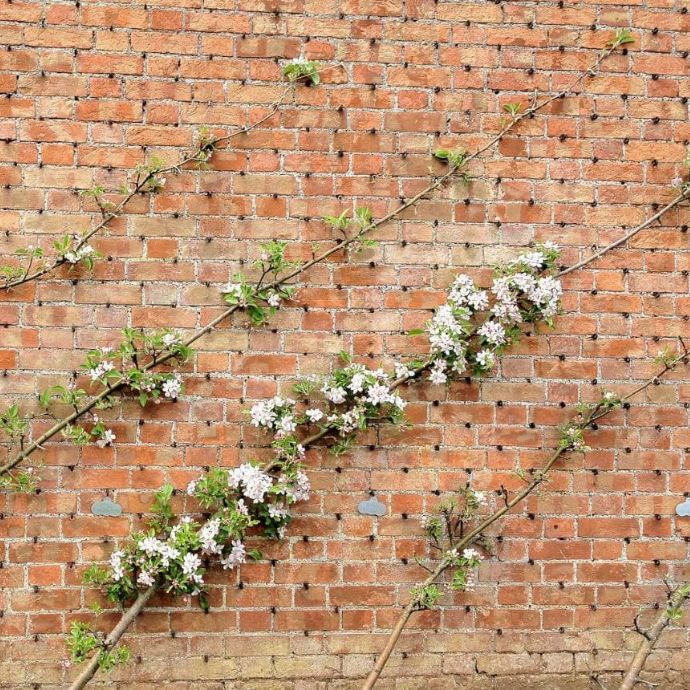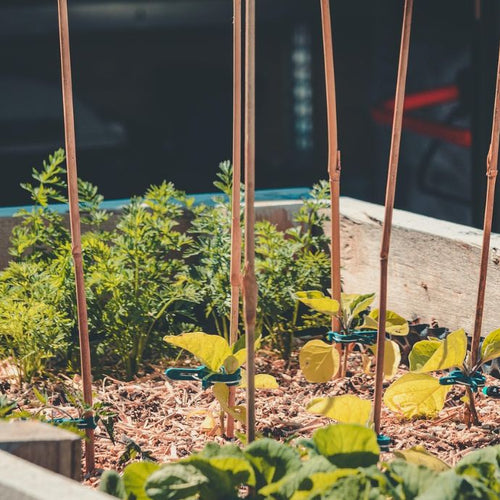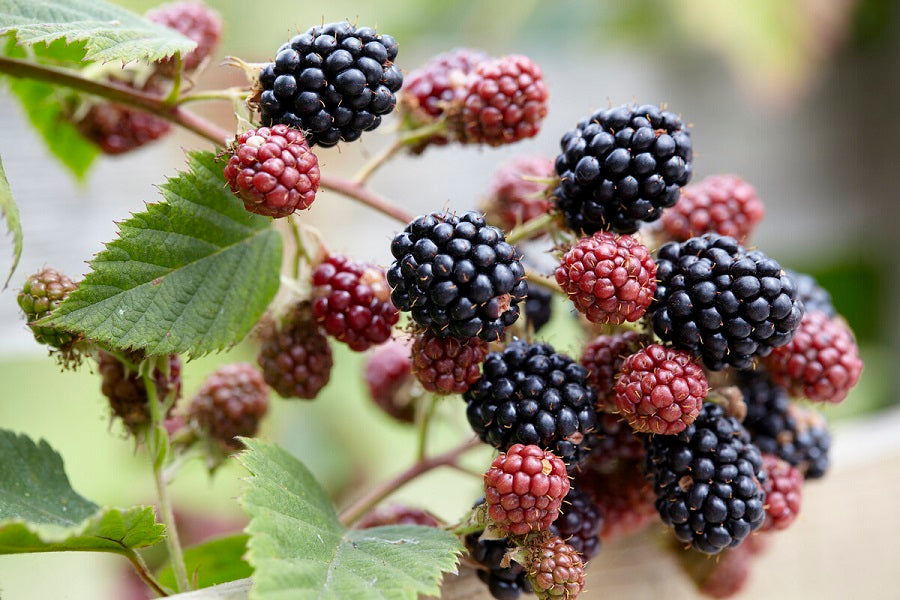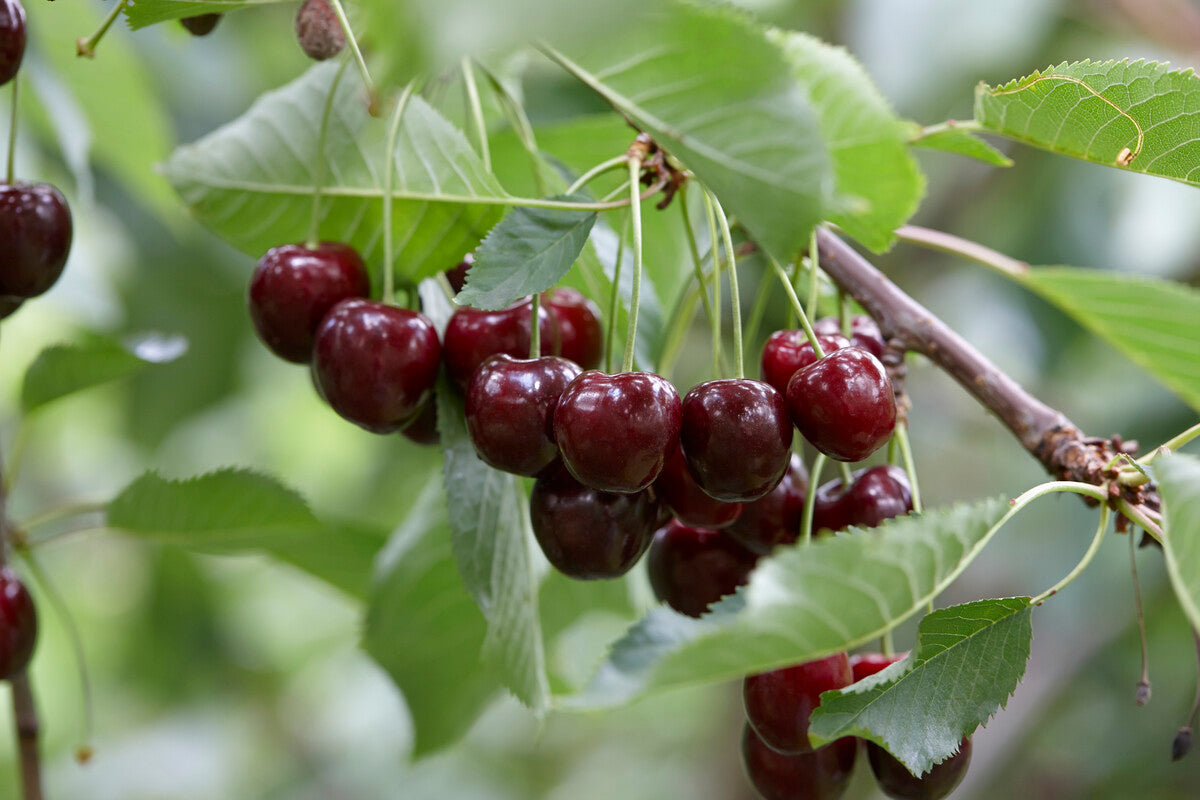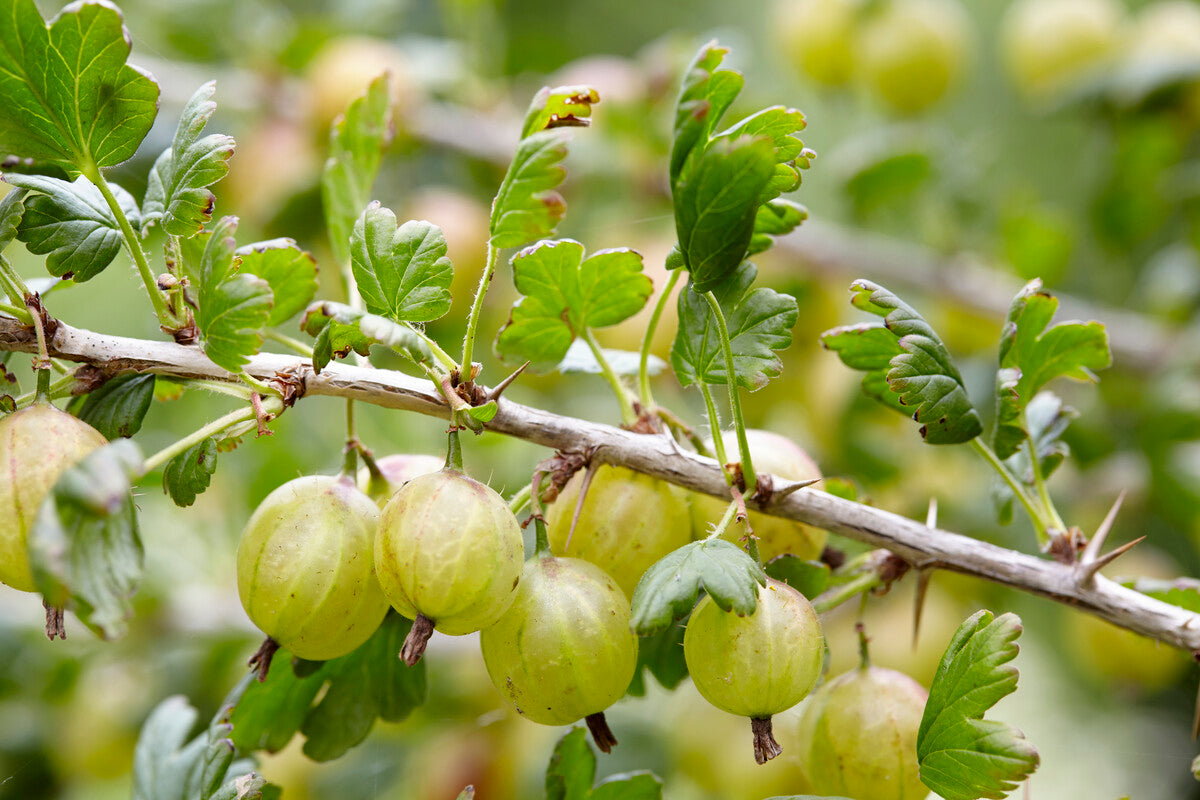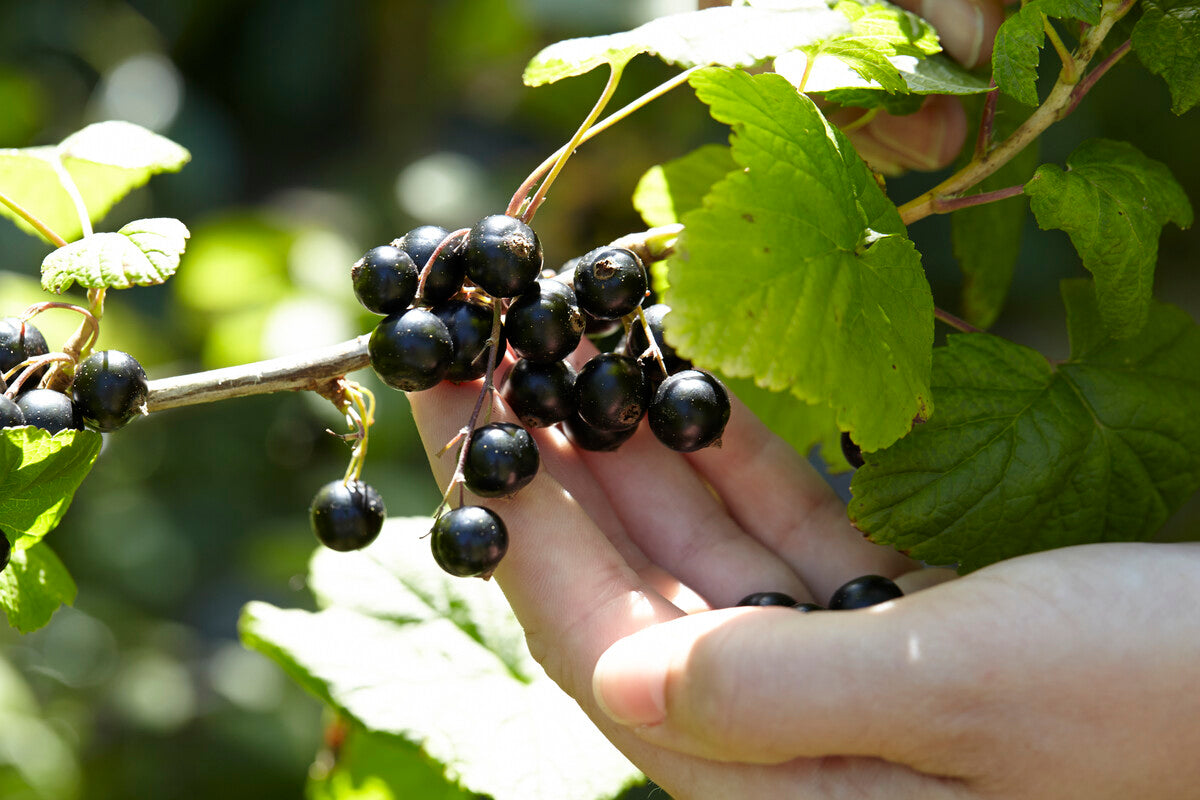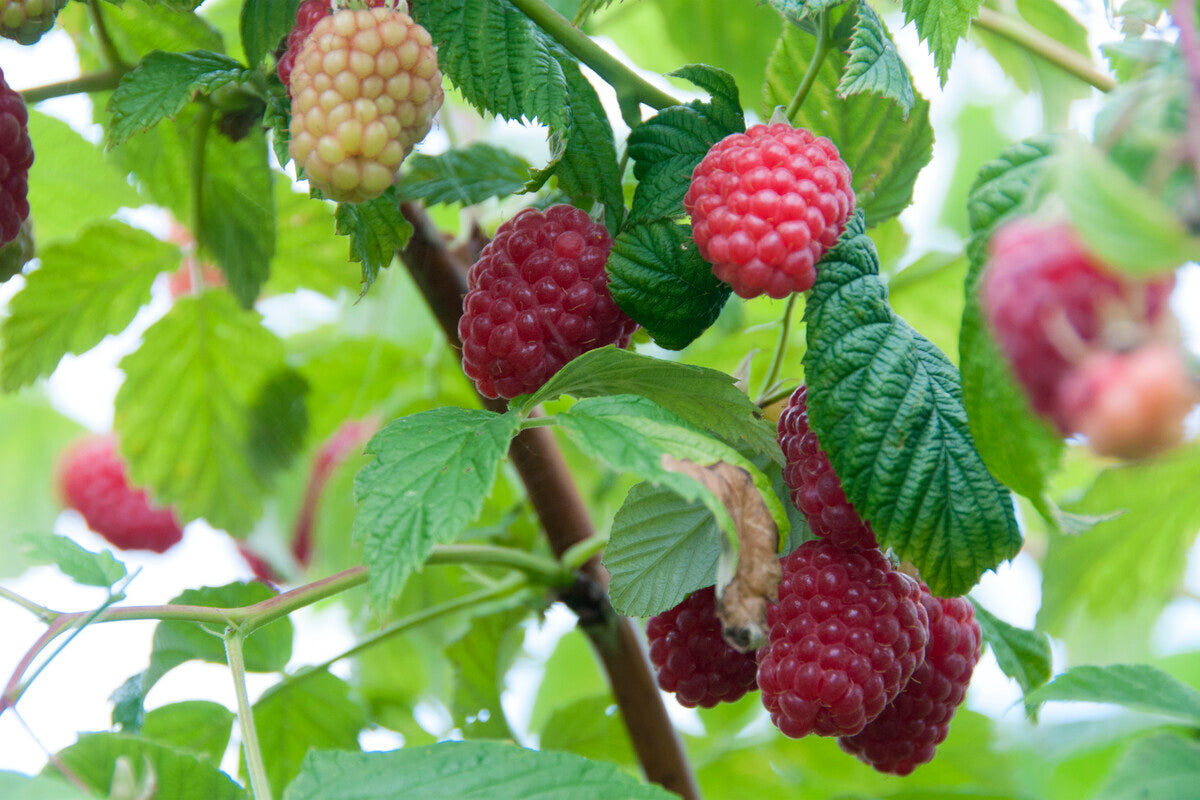Advice & Inspiration
5 Soft Fruit Plants for Shade
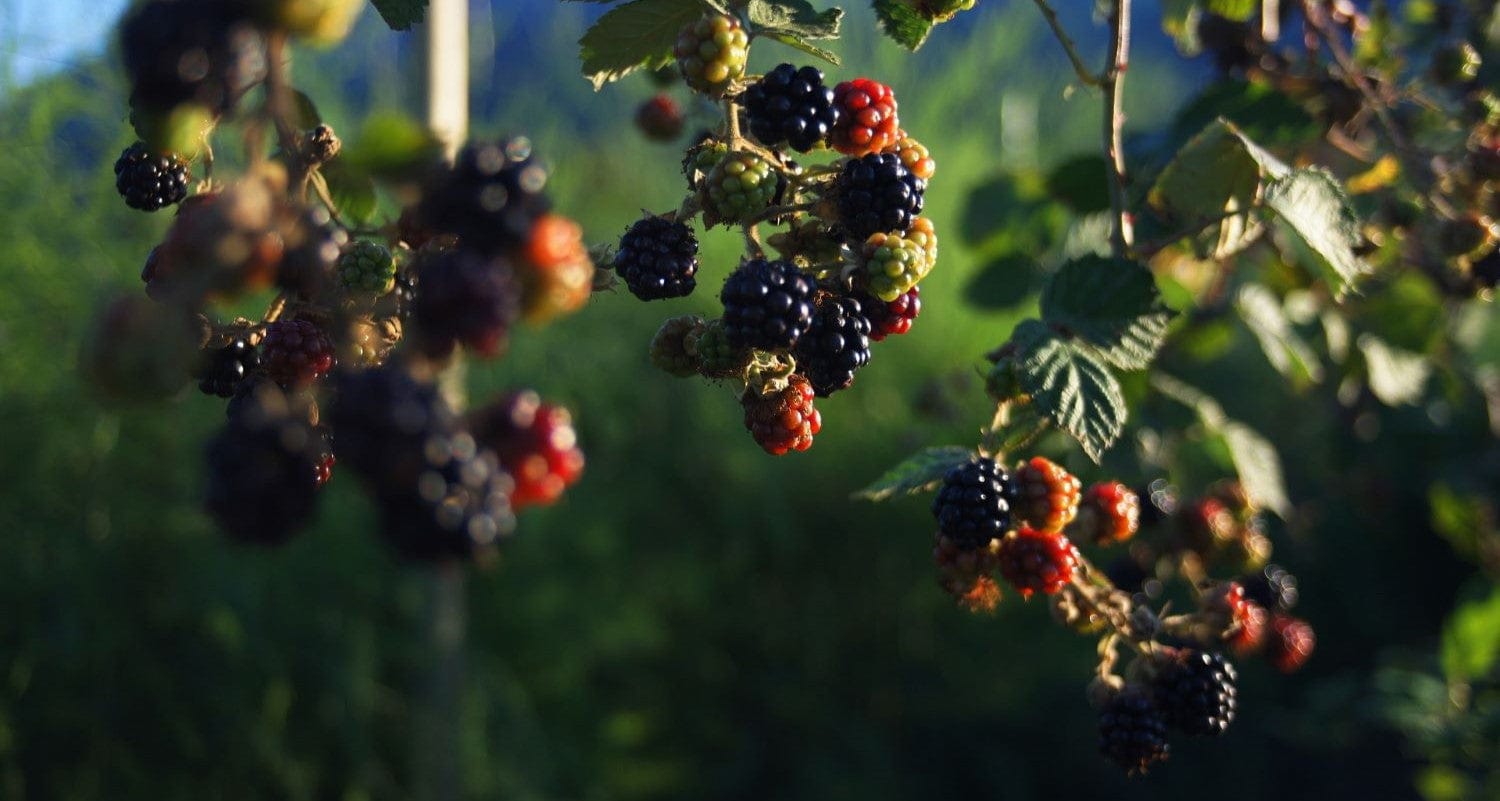
Soft fruit is so rewarding to grow - nothing says summer quite like fresh blueberries and strawberries ripening in the warm sunlight!
But if your garden is rather more on the shady side, you might be wondering if you can grow soft fruits at all. While it’s generally the case that fruit plants produce heavier crops in the sun, all of the soft fruits on this list can cope just fine with a bit of partial shade (4-6 hours of light daily in the spring and summer). Your crop may not be as large as that from plants grown in full sun, but you can counteract that by increasing the number of plants. You’ll notice that these are all native UK fruit varieties and that’s no coincidence - they’ve all evolved and adapted to deal with a climate that can be distinctly less than sunny at times!
1. Blackberries
Blackberries will grow anywhere, as you’ll see by the tenaciousness of the wild variety. Cultivated blackberry plants produce bigger fruit and crop earlier in the year, but they’re just as tough as their wild cousins and laugh in the face of shade. You can also get thornless varieties - a definite improvement on your childhood bramble picking!
Best varieties: Waldo, Loch Ness (thornless), Black Butte.
Expert tip: Blackberries need to climb and ramble, so grow them against a fence or a wall.
2. Cherries
Although dessert cherries need full sun to develop enough sweetness, cooking or acid cherries aren’t nearly as demanding. These include the delicious (and justly famous) Morello cherry and are well worth growing to supply you with jams, sauces, pie filling and even cherry liqueur. You can even grow cherry trees in pots on a balcony or patio, as they’re naturally compact and don’t need much space.
Best varieties: Morello (self fertile), May Duke, Kordia, Van.
Expert tip: If you only have space for one cherry tree, choose a self fertile variety.
3. Gooseberries
A quintessential summer fruit, the British weather can throw what it likes at gooseberries but they don’t care. Cooking or dual purpose varieties do better than dessert types in shade, but you’ll get a crop from any of them - it will just be less sweet. Gooseberries can also tolerate any kind of soil and are happy grown in pots - they’re also all self fertile.
Best varieties: Invicta, Hinnonmaki Red, Hinnonmaki Green.
Expert tip: If you have more gooseberries than you can eat, they freeze very well.
4. Currants
Currants may just be the perfect choice for a shady spot - my blackcurrant bush grows at the back of my garden under a Bramley apple tree and produces so much fruit I have to freeze it.
Red, white, pink and black currants are all easy to grow and high in vitamin C. Like many berries, they’ll be less sweet than those grown in full sun, but for a cooking fruit like this, it’s not a problem. Currants will grow in pots but are often happiest in the ground.
Best varieties: Gloire de Sablons (pink), Jonkheer van Tets (red), Ben Connan (black), White Versailles.
Expert tip: Prune your currant bushes annually in the autumn or winter, to encourage healthy new growth and a bigger crop.
5. Raspberries
Raspberries are tough plants which need very little maintenance beyond simple pruning each year, and most varieties will crop well even in a shady spot. Plant them in rows against a fence or wall for support, and if you’re short on space, choose a compact variety like Yummy or Ruby Beauty which can be grown successfully in a patio pot.
Best varieties: Polka (autumn), Glen Ample (summer), All Gold (autumn), Tulameen (summer).
Expert tip: Plant a mixture of summer and autumn fruiting varieties for a longer harvesting season.
